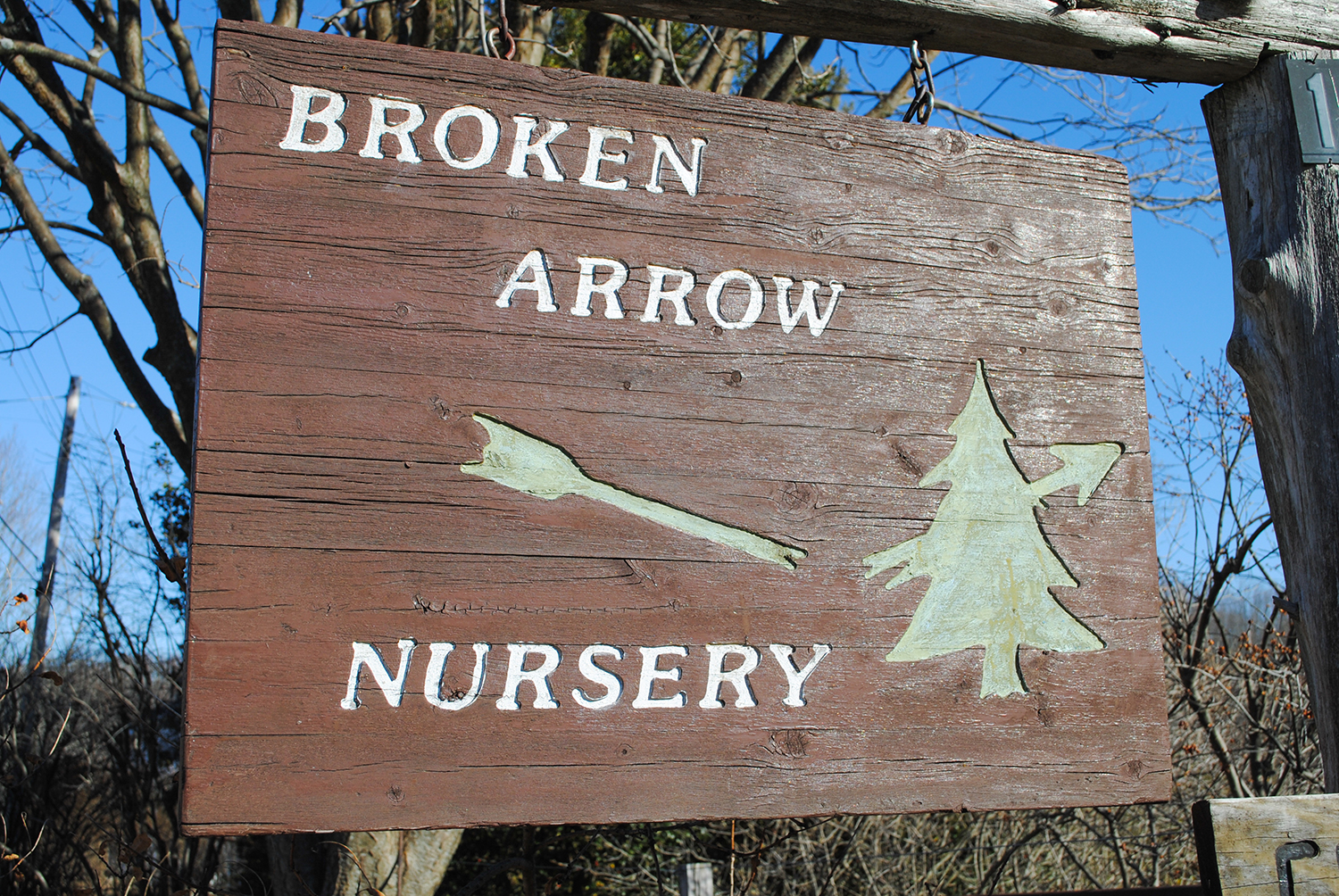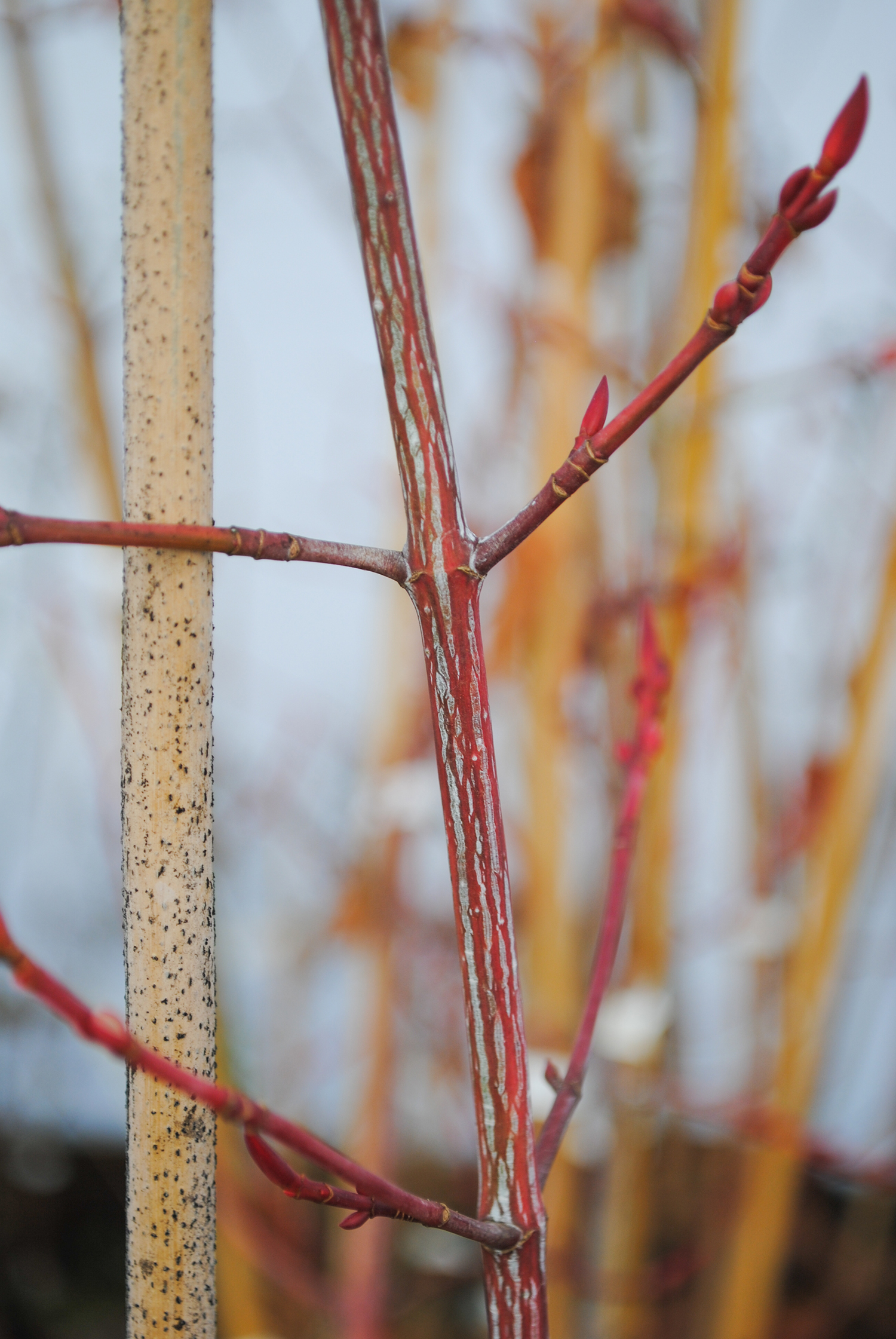When I travel, I always report things I’ve learned to my students upon my return, and in the spirit of education I decided to start sharing these field notes from my trips on the blog.
This past week I travelled to the frigid north to speak at the Connecticut Nursery and Landscape Association on engaging millennials in horticulture, and after an enchanting trip I wanted to share knowledge I gleaned from my excursion.
GIRDLES ARE HURDLES
Rick Harper from University of Massachusetts Amherst spoke before me on how production influences tree survival. He sees many cases of stem-girdling roots in trees in the landscape, a paradoxical condition where life-giving roots end up strangling the plant. He reminded the audience to watch for causing this disorder when installing trees. The disorder can occur on some species during production when roots in the pot grow out, hit the side, and then begin to circle. What I learned is that in others like Acer, it may be due to planting the root flare too deeply. If not corrected by slashing or disturbing the rootball or by planting at the right depth, the girdling roots can eventually result in poor health in the tree.
BROKEN ARROW, PERFECT PLANTS
Caleb Melchior reminded me that Broken Arrow Nursery was in Connecticut. Once I found out it wasn't far from where we were staying, I took Adam Wheeler, Broken Arrow's plant development guru, up on a previous offer to visit if I was ever in the area.
Once we arrived, we bundled up for a brisk but sunny walk through the display gardens and nursery. Near the entrance we passed a massive Larix kaempferi 'Pendula' that was planted in 1960! Adam hinted that it was likely one of the largest in the US.
Larix, Larix, let down your hair, so that I may climb thy golden stair.
Adam said that diversity is king at Broken Arrow, which is quite evident once you enter a greenhouse. They have over 6,000 different taxa on the property, many offered as both retail... and mail order options! Adiós, paycheck!
As we walked in the the plant-packed, solar-warmed cold frame, my eyes wandered through potted shrubs and perennials. One of the coolest plants I spied was ×Didrangea, a new-to-me cross the national arboretum made of Dichroa febrifuga and Hydrangea macrophylla that may have a chance in east Texas since both parents perform decently for us. There was also Acer conspicuum 'Esk Flamingo'. I fold for great winter stem color on woodies, but alas, my appreciation must remain in the north and the Appalachians as most of them don't fair well in Zone 8. Yes, I know. I need to give 'White Tigress' a try.
Adam Wheeler is all smiles in his element.
Nerds, anyone? The candy that is. The grape-colored buds on ×Didrangea tease a taste.
Snake-bark maples tempt me to make a purchase, but alas they wouldn't fair well long in Zone 8b.
Back outside Adam recounted that history of the nursery. It was started by Dick Jaynes who worked on Kalmia latifolia breeding for 25 years, and upon retirement, he opened the nursery in 1984. As was briefly mentioned earlier, Adam’s role is plant development. He stays on the cutting edge of what’s new and what’s been found to help the nursery keep its niche.
On the east side of the nursery, we paused to enjoy the spectacular view of the low mountains of Connecticut with the sun hovering over Sleeping Giant Mountain. Off to the side was a solar panel that impressively powered electricity in the main house and heat in the greenhouses. I appreciated them as a nursery leading an effort toward sustainability as I feel all of us should be doing.
Photosynthesis and artificial photosynthesis powers Broken Arrow, each in it's own way.
One take away for our operation at SFA was this nifty stack of pots to educate customers on the different sizes of pots. As anyone learning a new craft language, customers (and students!) don’t always understand logistical terms like gallon pot or three inch pot. Having something visible and readable helps ease any learning pains.
The leaning, learning tower of pots.
HORTICULTURE. EVERYWHERE.
I never knew that Connecticut was so agricultural! While I had a brief visit once before, this time was the first I really got to explore the state. It was charming seeing all the rustic farms and barns. It seemed every road had this quintessential New England feel, and in every small town we saw a farm stand, garden center, or farm store. Many were closed for the season, but in discussions with people I learned they come to life after the thaw. Locals told me that there was a demand for plants in all forms, partly because Connecticut is New York’s playground. As I left the state, I wondered why can’t we have more communities support small agricultural enterprises?
SIGN, SIGN, EVERYWHERE A SIGN
One of the inspiring things I also saw was that many nurseries, farms, greenhouses, and vineyards were featured on a Connecticut Grown sign. I began thinking back to many of the side roads and city streets I’ve explored searching for a garden center. I wondered why more states don’t do this? And, if they aren’t willing, maybe garden centers, farm stands, etc. should put more signs up so that passers by at least know they exist? There's power in alerting people that you exist.
A BLANKET OF NEEDLES
While visiting Washington Depot to let Karen get her Gilmore Girls geek on, we saw a great use for your old Christmas trees. Chop the branches off and lay them down to protect plants. While in this setting the coniferous cover was for herbaceous ornamentals, the minute I saw the foliage I recalled how Eliot Coleman once wrote that spinach covered with evergreen boughs had a 90% survival rate while those uncovered only saw 10% survive. I think it looked pretty, too.
Such a lovely carpet of green! Better than bare soil or mulch.
Another fun tale from Washington Depot. The bookstore The Hickory Stick Bookshop had an incredible selection of gardening books. AND, IT WAS VISIBLE FROM THE FRONT DOOR! Not tucked away in some obscure corner covered with cobwebs.
A FEW PRETTY PICS
Connecticut roadsides offered many places to stop and pull off for photo ops. I leave you with a few favorites.













